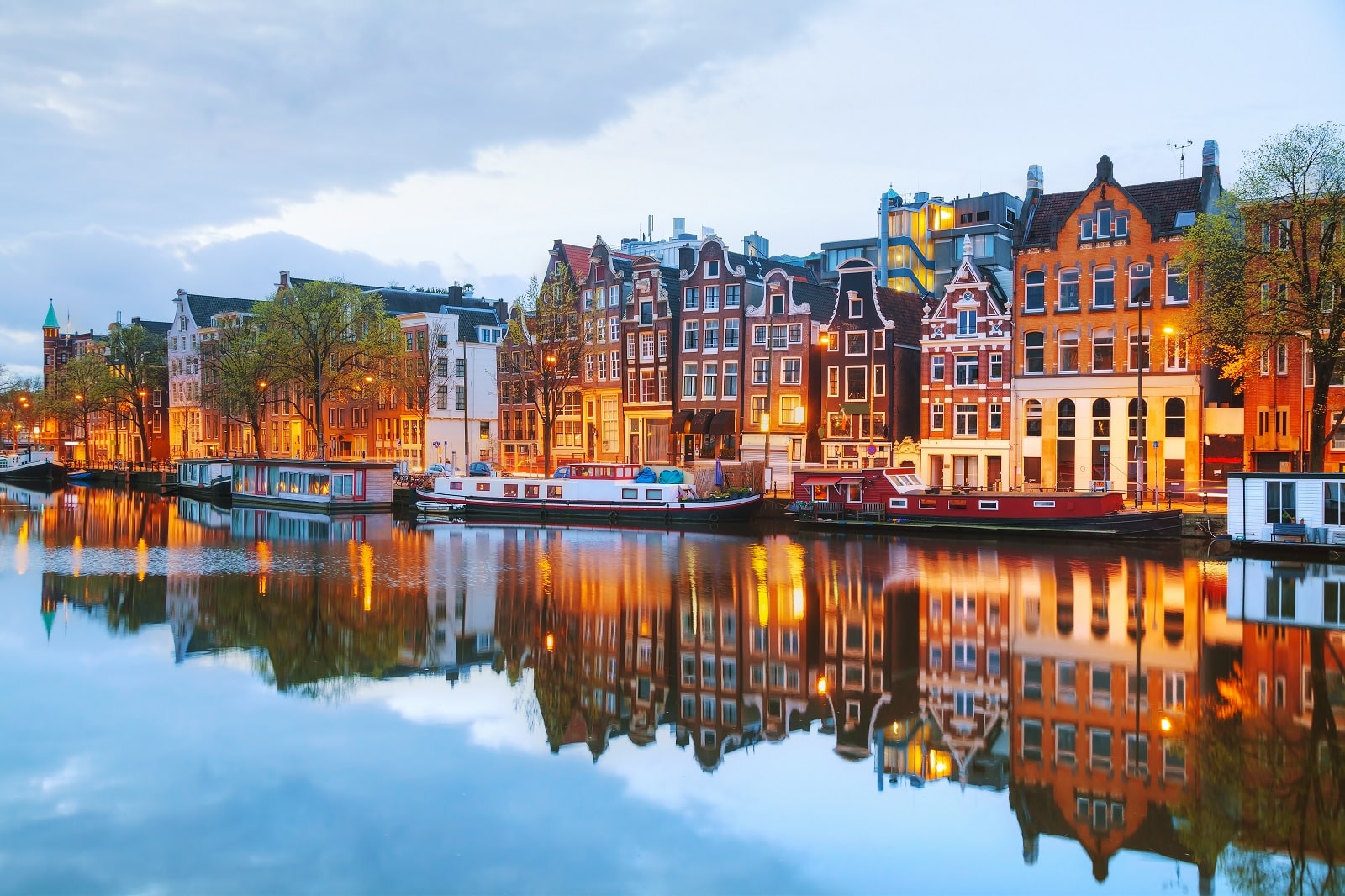Preparing for a European adventure? It takes more than just boarding a plane. From cultural insights to essential travel tips, here are 20 things to know before jetting off to Europe.
1. Power Adapter Essentials

Europe’s electrical sockets won’t match your American gadgets. Before you go, invest in a universal adapter or a European plug converter. It’s a simple fix to ensure your phone, laptop, and camera are always ready to capture the moment.
2. No Free Refills

The free-refill culture of American restaurants doesn’t cross the Atlantic. In Europe, beverages—especially soda and sometimes even water — come at a premium. Enjoy every sip of that €5 Coke, because seconds will cost you.
3. Chip and PIN Cards

Before you depart, check that your credit cards are equipped with chip and PIN technology. Unlike the swipe-and-sign method common in the US, most European transactions require a PIN. Alert your bank to your travel dates to avoid fraud alerts locking your card when you try to use it abroad.
4. Public Transportation is King

Embrace the vast networks of buses, trams, and trains. With its extensive Metro system, cities like Paris offer tourist passes like the Paris Visite pass, providing unlimited travel and discounts at attractions. It’s cost-effective and immerses you in the daily rhythm of European life.
5. Tipping Etiquette Varies

In Europe, the tipping game has changed. While appreciated, it’s often not expected to the same degree as in the US. Rounding up the bill or leaving an extra 5-10% is typically sufficient in restaurants. Always check your bill first — service may already be included.
6. Pickpocket Awareness

Tourist-heavy destinations are playgrounds for pickpockets. Invest in a money belt or a theft-proof backpack. Be particularly cautious in crowded areas like Rome’s Trevi Fountain or Barcelona’s Las Ramblas, and never keep valuables in your back pocket.
7. Quiet Sundays

Many European cities, like Vienna and Zurich, embrace a day of rest on Sundays, meaning shops and sometimes restaurants close their doors. Plan ahead for meals and activities on these days, perhaps opting for nature walks or exploring open churches.
8. Language Barriers

While many Europeans speak English, don’t assume this everywhere. Learning basic phrases in the local language of the countries you’re visiting enriches your experience and shows respect for the culture. Mobile apps like Duolingo can be great for this.
9. Water Isn’t Always Free

Asking for water at a restaurant often results in bottled water on your bill. If you want tap water (where it’s drinkable), specifically ask for it. Places like Italy pride themselves on tap water quality, often available for free at public fountains.
10. Cultural Norms and Dress Codes

Europeans tend to dress more formally than Americans, especially in cities like Paris and Milan. Also, be mindful of dress codes when visiting places of worship; covering shoulders and knees is often required.
11. Mobile Data

Relying on your US mobile plan can lead to hefty charges. Consider purchasing a local SIM card for your unlocked phone for access to affordable data. Countries like Germany and Spain offer tourist SIM cards directly at the airport.
12. Bathroom Etiquette

Free public restrooms are rare, and many charge a small fee. Always carry some change, particularly coins, to access restrooms in places like train stations or cafes.
13. ATM Fees and Cash

While cards are widely accepted, it is wise to have cash on hand for small purchases or in more rural areas. Withdraw cash from ATMs affiliated with banks to avoid higher fees, and be aware of your bank’s international charges.
14. Travel Insurance

European adventures can sometimes come with unexpected twists. Travel insurance can be a safety net for lost luggage, cancelled flights, or medical emergencies. It’s a small price for peace of mind.
15. Metric System

The US might love its inches and pounds, but Europe sticks to meters and kilograms. A quick conversion app on your phone can save confusion when shopping, travelling, or cooking.
16. Cultural Respect

Each country has its unique customs. For instance, in Spain, lunch is often the biggest meal of the day, eaten late in the afternoon, while dinner happens well past what Americans consider bedtime. Embracing these differences is part of the adventure.
17. Siesta Time

In countries like Spain and Italy, don’t be surprised to find shops closed in the afternoon for a siesta. This break in the day is a cherished tradition, allowing for rest during the hottest part of the day. Plan your shopping or dining accordingly.
18. Visa Requirements

A visa isn’t required for stays under 90 days in the Schengen Area for US citizens, but rules can change. Always check the latest visa requirements for each country you plan to visit well in advance of your trip.
19. Travel Off-Season

To avoid crowds and enjoy lower prices, consider travelling during the shoulder seasons—spring and fall. Cities like Prague and Amsterdam are stunning in the off-season, offering a more local experience without the summer tourist rush.
20. Respect for History

Europe is rich with history, much of which is commemorated in ways that may be unfamiliar to Americans. From Holocaust memorials to ancient ruins, approach these sites with the reverence and respect they deserve. It’s not just about seeing; it’s about understanding.
Embrace the Journey

Travelling to Europe offers an incredible tapestry of cultures, cuisines, and landscapes. Here’s to your European adventure—may it be as enlightening as it is exhilarating.
The post Navigating Europe: 20 Must-Know Tips Every American Tourist Should Know first appeared on Buzz Lists.
Featured Image Credit: Pexels / Mitchell Henderson.
For transparency, this content was partly developed with AI assistance and carefully curated by an experienced editor to be informative and ensure accuracy.

